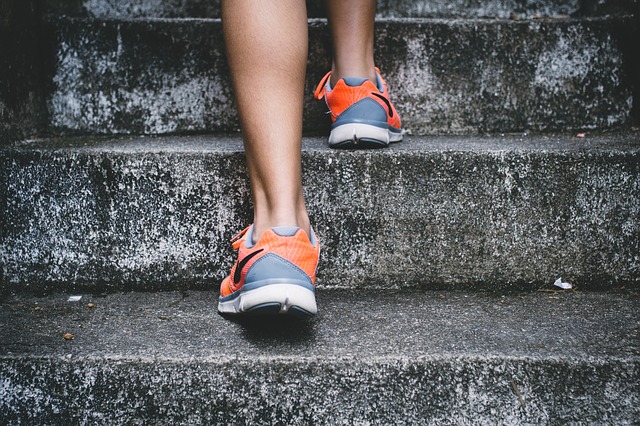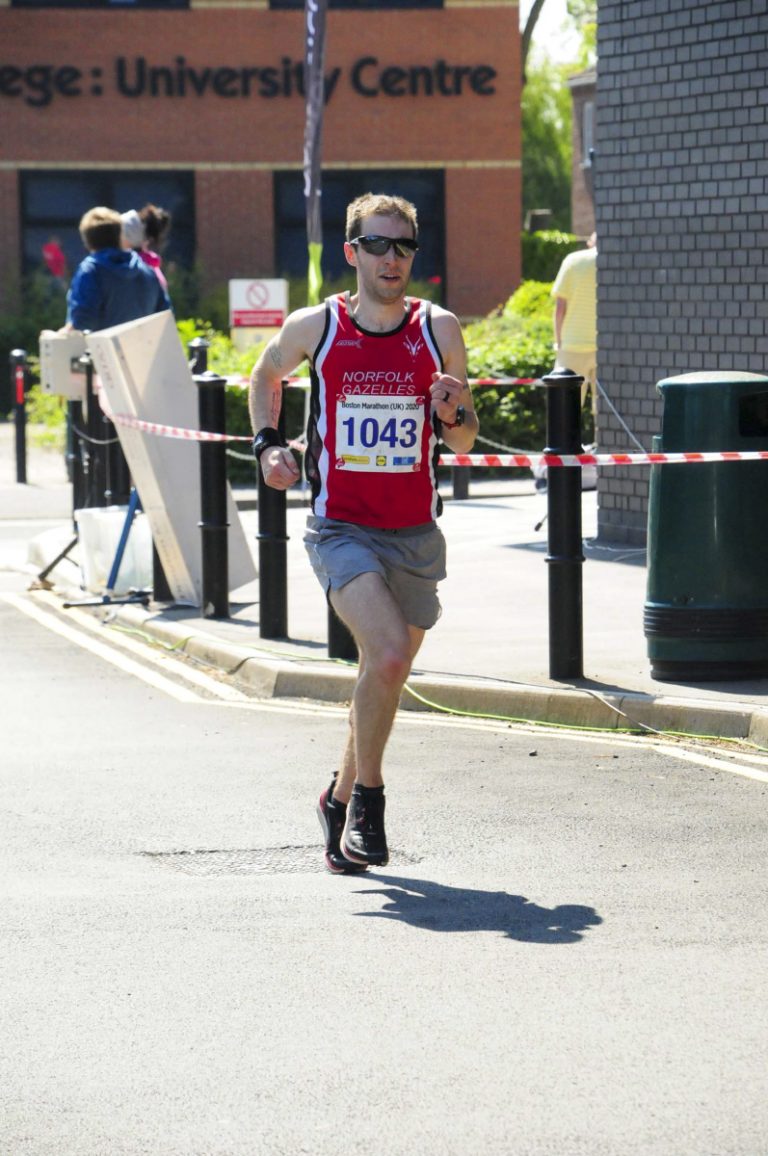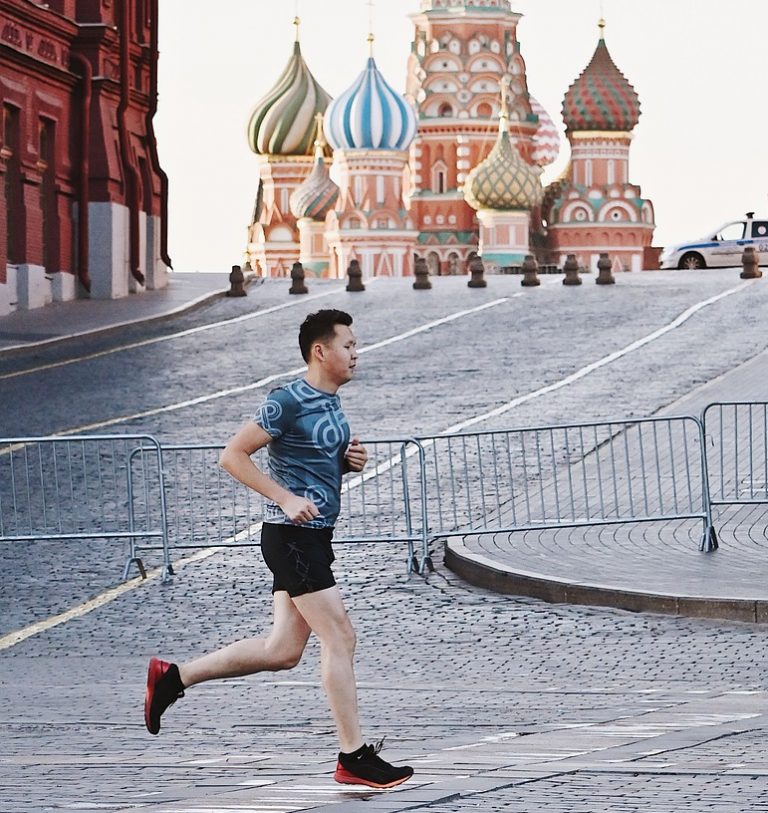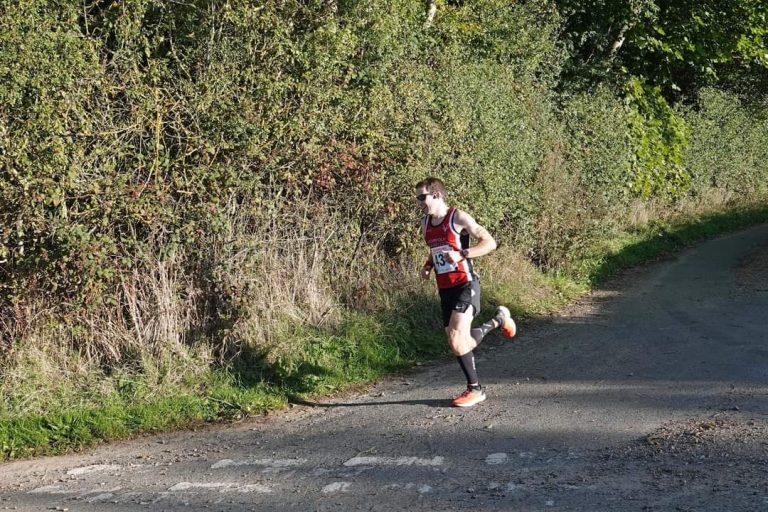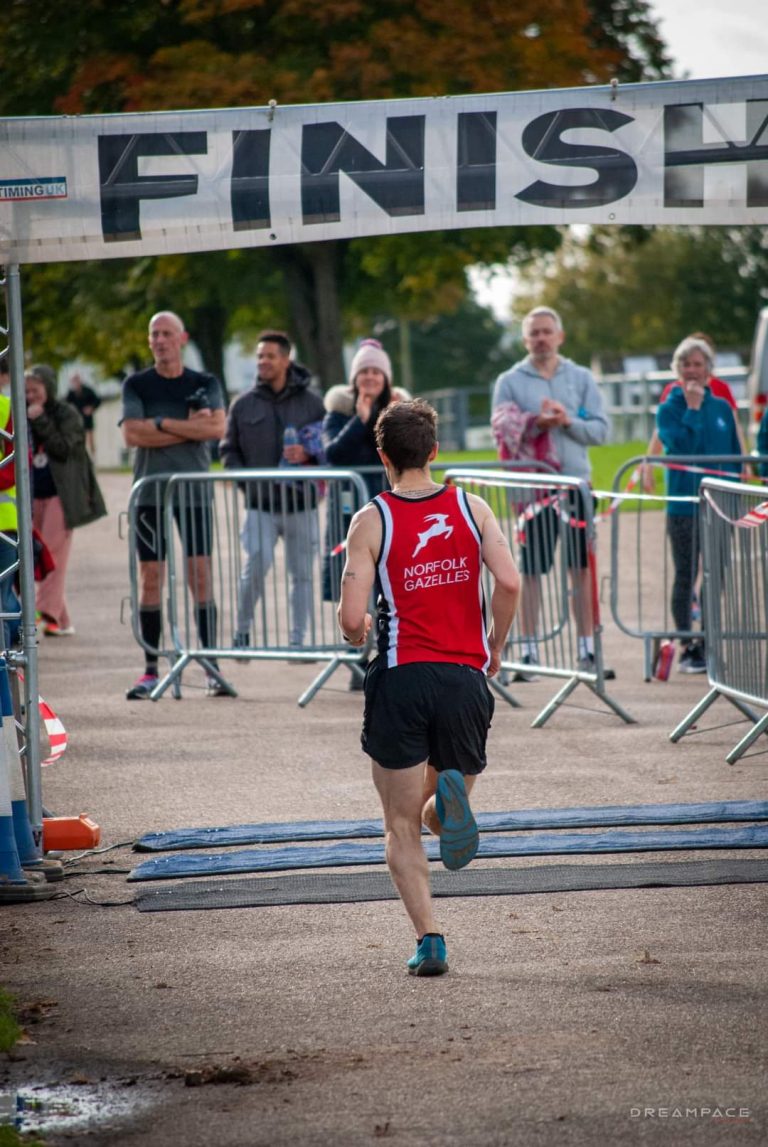Aside from running these days, you’re encouraged to strengthen, stretch and take active recovery. Adding technique drills on top of whatever combination of other running work you do might seem like something that doesn’t really matter, and whilst it isn’t the be all and end all, it can be beneficial in a number of ways.
The benefits of running drills
Reduction in injuries can happen when you change how you run. For instance, I’ve worked with a few people experiencing either pain around the shoulder blade or shins when running. Once we changed their arm movement to be closer to their body and more linear, the pain that had been present for months, disappeared.
Faster running often is the biggest factor people are looking for however, and it usually happens whether people come to me for an assessment to become faster or not. The fact is that by working on technique you make your body move in a way much closer to how it’s designed to.
What drills should you do?
This depends entirely on how you’re running right now, where you’ll get the biggest improvement (if speed is your motive) and your body’s current movement. If, for instance, the muscles around your hip are too tight, working on your hip drive first wouldn’t be the best idea as you’d likely end up overstretching the muscle. Instead you’d be best to work on another aspect of technique, whilst adding stretching, massage or mobility into your plan to make the hip muscles move how we want them to.
The main areas that drills focus on are arm drive and elbow angle, the speed and height of your heel lift, hip drive and posture. The impact of these can influence other areas of technique as well such as the landing zone of your feet, cadence and torso rotation.
When should you do running drills?
There are some times which make more sense, but ultimately to make it easier to begin with at least, just do them when you can.
Optimal times for drills would be;
In between efforts/intervals if you have a static rest time,
Before a run as part of your warm-up,
After your run as a gentle way to cool down, ideal for working on running well even when tired.
If you’re looking to reduce pain, run faster or just find running with your friends that but easier, then working on technique using drills is a great way to do this. Chances are there’s an underlying muscular cause that should be worked on too, but it’s another piece of the puzzle.
Written by Kyle Brooks, Running Coach based in Norwich, Norfolk

